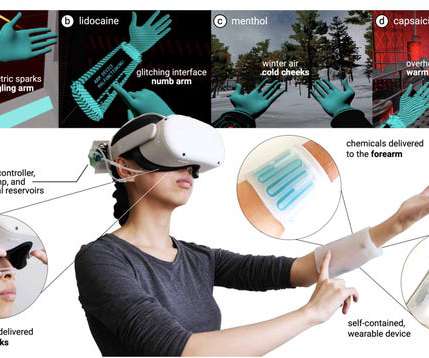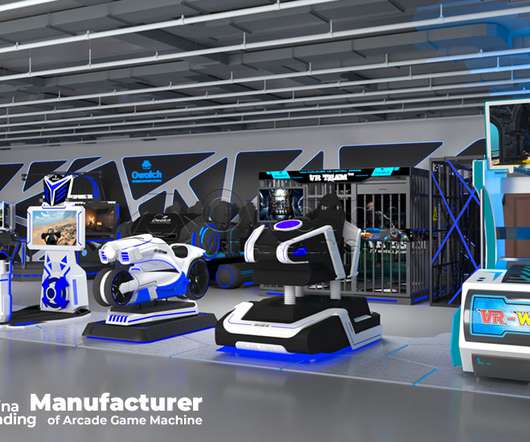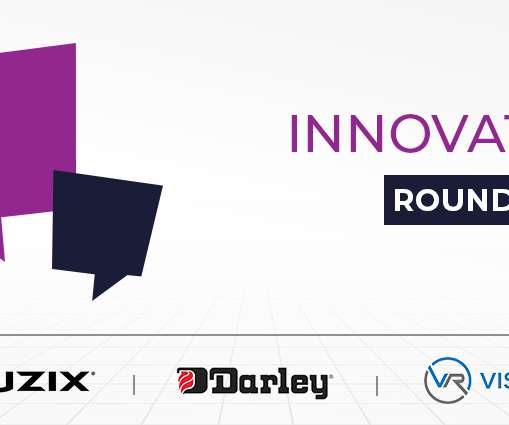Future VR Haptics May Use Chemicals on the Skin to Make You Feel
GizModo VR
NOVEMBER 11, 2021
As a potential way to simulate a human’s ability to feel physical sensations, researchers have developed haptic VR hardware that applies chemicals to your skin to trigger… Read more. Virtual reality experiences are never going to feel like the real world until we’re able to engage all of our senses, not just vision and hearing.











Let's personalize your content